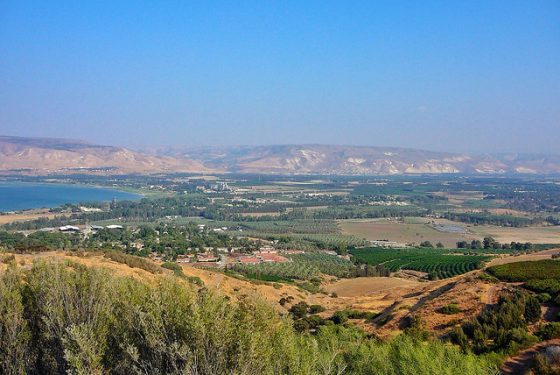Record added successfully


AMMAN — Tucked within the dramatic hills of the Jordan Valley lies a lesser-known treasure trove — not of gold, but of ancient clues that shed light on early human life. For curious travelers, archaeology enthusiasts, and nature lovers, this region offers a fascinating intersection of history, landscape, and discovery.

Despite modern changes to the environment through agriculture, grazing, and urban development, sections of the Jordan Valley hills still preserve a window into the past. Recent research by the University of Basel, led by Dr. Dorota Wojtczak, focused on these higher elevations, where natural ecosystems and original terrain remain intact — revealing subtle but significant ecological patterns.
The hills are carved by wadis (valleys) that stretch from east to west, deeply incised into the landscape. Interestingly, the north-facing slopes are often dotted with evergreen oak and pine, while the south-facing ones remain barren — a result of sun exposure and moisture levels. This unique contrast creates a natural mosaic of micro-ecosystems that would have been ideal for early human hunter-gatherers.
“Such ecological diversity, combined with the topography, makes the lower Jordan Valley hills an area of high potential for ancient human settlement during the Palaeolithic period,” explains Wojtczak.
Travelers with a taste for ancient history will find that this region, particularly around the Abu Habil-Kurkuma sector, has revealed surprising finds. While most archaeological discoveries were surface-level pebble tools — difficult to date — a cluster of 17 sites stood out. Among these, the site of Zamliyah-North 1 produced seven hand axes, marking it as a key location for understanding the Acheulean period.
Hand axes, often considered the hallmark of early human craftsmanship, require high-quality raw materials. Their distribution in the valley closely aligns with areas where such materials are naturally available — offering yet another example of how early humans adapted to their surroundings.
Two newly documented sites also revealed rare Yabrudian stone tools, extending the known reach of this cultural period further south than previously thought. Meanwhile, the discovery of an Early Middle Palaeolithic site — Jinnin Assafa 1 — adds intrigue. Found four kilometers north of the central zone and lacking local raw materials, it is believed to be a “factory site,” raising questions about ancient trade or transport routes.
However, finds from the Upper and Late Palaeolithic remain extremely scarce. To date, these later periods account for just 1% of all observations in the region — making the earlier periods the true stars of Jordan Valley’s prehistoric landscape.
For the intrepid traveler, these hills offer more than just scenic beauty. They hold the whispers of ancient footsteps, stone tools, and survival strategies etched into the land. Whether you’re hiking the ridgelines, exploring wadis, or simply soaking in the valley's serene landscapes, you’re walking through layers of human history.
Plan Your Visit:
Best time to explore: Spring (March–May) and Autumn (September–November), when temperatures are mild and landscapes lush.
Suggested activities: Eco-hiking, guided archaeology tours, birdwatching, photography, and exploring traditional Bedouin villages nearby.
Nearby sites: Tabaqat Fahl (Pella), Ajloun Forest Reserve, and Umm Qais for those wishing to extend their historical and nature-inspired journey.
Jordan Valley isn’t just a destination — it’s a journey through time. And for those who venture off the beaten path, it offers an unforgettable experience where nature and early civilization meet.